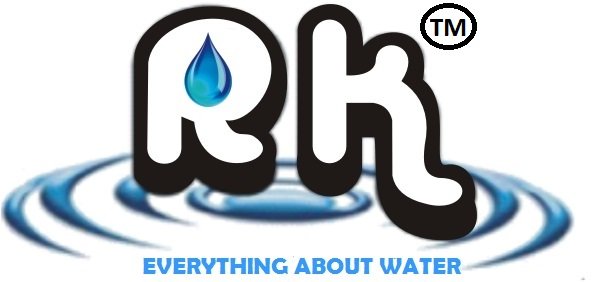Water offers Dissolved air flotation (DAF) units to treat emulsified oil, free oil having finer oil globule sizes (sizes less than 45microns which normally cannot be removed by gravity separators in an economical manner) and suspended particles in the effluent.
Contaminants are removed using a dissolved air-in-water solution produced by injecting air under pressure into a recycle stream of clarified DAF effluent. This recycle stream is then combined and mixed with incoming wastewater in an internal contact chamber where the dissolved air comes out of the solution in the form of micron-sized bubbles that attach to the contaminants. The bubbles and contaminants rise to the surface and form a floating bed of material that is removed by a surface skimmer into an internal hopper for further handling.
DAF systems are commonly used for the removal of oils & greases and suspended solids to meet a variety of treatment goals including:
- Product recovery and reuse
- Pre-treatment to meet sewer discharge limits
- Pre-treatment to reduce loading on downstream biological treatment systems
- Polishing of biological treatment effluent
- Thickening of bio-solids
One of the most common DAF applications is for the pre-treatment of wastewater to remove suspended solids and oils and greases prior to discharge to a municipal sewer or a biological treatment system. For example:
A Pre-treatment DAF can be used by an industrial discharger to meet specific limits for oil and grease and/or suspended solids set by a municipality (e.g., to meet a discharge limit of 100 mg/L O&G, etc.).
An industry may need to use a Pre-treatment DAF to remove contaminants (e.g., product solids, oils and greases, heavy metals, etc.) that would negatively impact a biological wastewater treatment system downstream.
In most cases, the wastewater contaminants must be chemically flocculated in order for the floatation system to remove them. Pre-treatment DAF is used in about every industry class. DAF has proven to be very effective for the removal of biological solids from wastewater streams. Some of the advantages over traditional, gravity clarification include:
- Smaller footprint and more rapid implementation
- Higher sludge solids content (4%TS vs. 1%TS) resulting in a much lower sludge volume
- Ability to handle bulking solids that tend to float
- More reliable effluent quality
Application :
- Paper mills
- Chemical-mechanical polishing (CMP) industries
- Meat industry
- Personnel care product industry
- Seafood industries
- Abattoirs, meat, and poultry industries
- Brewery, winery, and soft drink manufacturing industries
- Baking and confectionery, ready meals and vegetable production industries
- Packaging manufacturers and industries
- Commercial laundries
- Cosmetics manufacturers production and packaging industries
- Dairy and cheese processing and packaging industries
- Fish Processing industries
- Petrochemical industries
- Pharmaceutical industries
- Textile manufacturers
- Waste recycling centres



